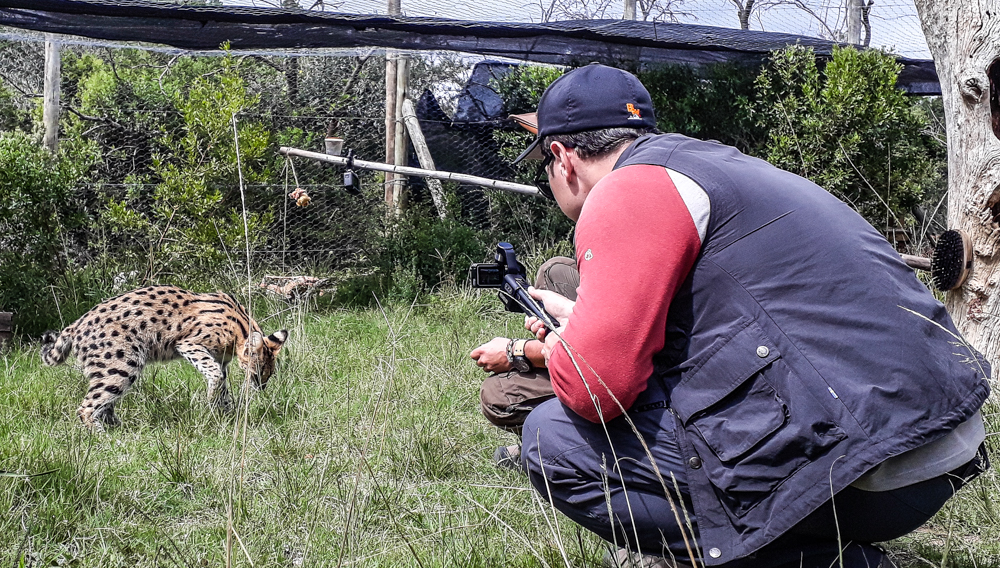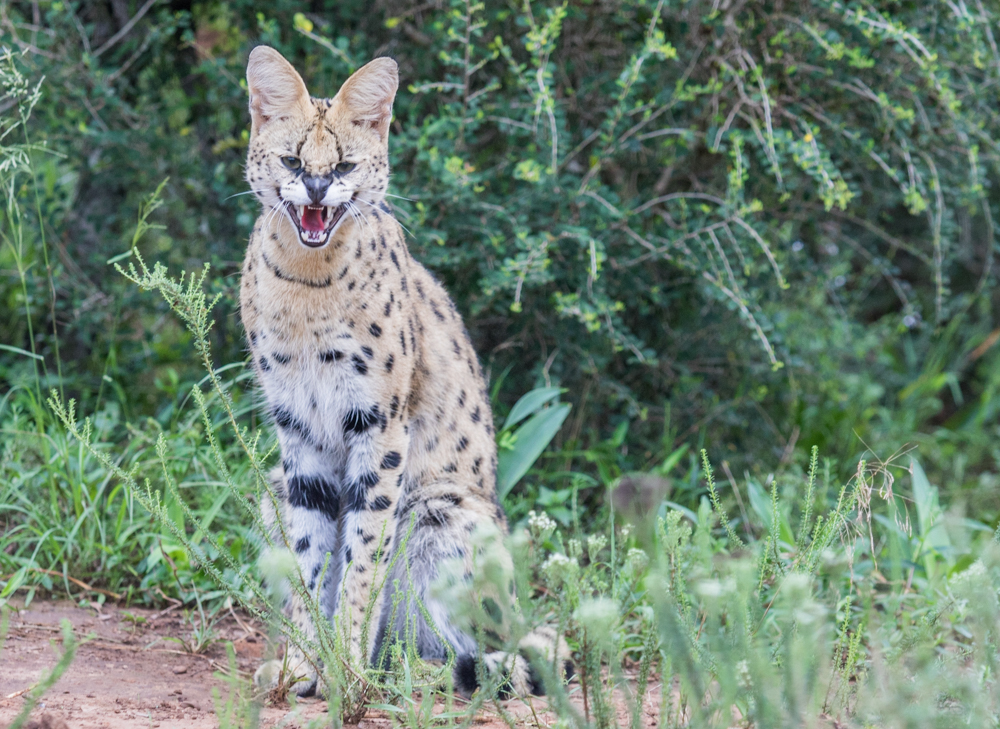Brave Wilderness: Serval Reintroduction Project
At the beginning of April 2018 we blogged about the visit from American YouTuber and wildlife educator Coyote Peterson and his Brave Wilderness crew. The team enjoyed awesome wildlife experiences and recently featured this video focussing on our serval reintroduction project. This video has been watched over 2.2 million times in only one month. This shows the power of digital media to educate and spread awareness about wildlife conservation.
Kariega's Serval Reintroduction Project Part Funded by Safari Guests
The serval breeding project is jointly managed by Kariega Game Reserve and the Kariega Foundation. The majority of the funds for this reintroduction project are received from Kariega guests via the Kariega Foundation conservation and community levy. This levy is paid by all adult guests staying at the reserve and used for both conservation and community development projects.
Serval Reintroduction Project Part of Scarce Species Conservation
Two breeding pairs of serval have been reintroduced at Kariega Game Reserve in two locations. The main aim of the project is to reintroduce scarce and endemic species into the area. We hope that both pairs will breed. They will then be released to repopulate different areas of the reserve, and ultimately the surrounding areas, with wild servals.
Skye, one of the female servals, was the shining star of the Brave Wilderness show. She showed Coyote how feisty servals can be. Coyote used a dead bird on a string to entice her to show her natural behaviour.
Top Five Serval Adaptations
Servals are medium-sized wild cats that like to live in areas with high grass. They have the following interesting adaptations:
- White markings on the back of the ears for camouflage and communication.
- Big ears that are used as signal dishes to identify even the faintest sound made by prey.
- The ability to run about 70 kilometers per hour (45 miles per hour) making it the second fastest cat species in Africa, after the cheetah.
- The longest legs relative to its body compared to any cat species.
- Long back legs that make it possible to jump about three meters into the air.
Further Information: Serval Reintroduction Project
To find out more about this exciting conservation project please read our serval reintroduction article on our Kariega blog and visit the Endemic and Scarce Species Research and Reintroductions section of our website. For any questions about our Kariega Foundation projects please contact Jo Haesslich, Foundation Coordinator, on jone@kariega.co.za.












